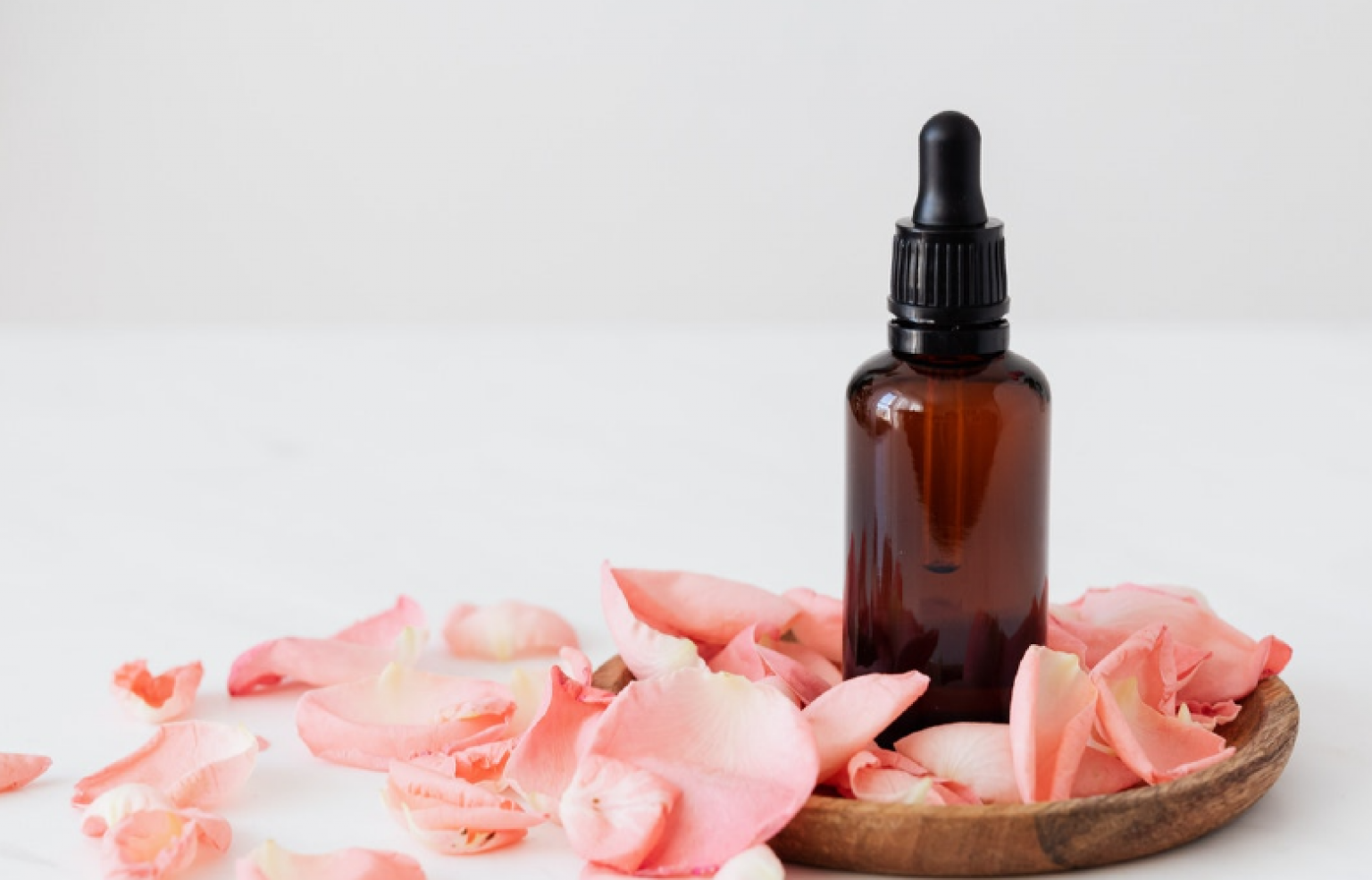Best Light Oils For Low Porosity Hair
Table Of Content

Below are the some of the most frequently asked questions that people have about using essential oils in hair, low porosity hair in general and for advice to get thicker hair. Rosemary oil is a very potent oil that is likely one of the best “low-porosity hair oils” around. Obviously, it’s not only for low-po hair but it works very well in hair that isn’t very porous. For example, 3 ounces of Camellia oil mixed with a 1/2 teaspoon of vitamin E and your essential oils will penetrate your hair much better.
9 Best 4a Hair Products of 2022 for Defined and Hydrated Coils - Cosmopolitan
9 Best 4a Hair Products of 2022 for Defined and Hydrated Coils.
Posted: Fri, 22 Jan 2021 08:00:00 GMT [source]
Best Styling Cream For Low Porosity Hair
But you should still always check the ingredients list on the label. But it’s important to always choose the right oil, especially for less porous hair. Essential oils can also be beneficial for more advanced therapeutic purposes. There are various stimulating oils that can address these problems. A better alternative is to use Hydrogenated castor oil, often called castor wax. The hydrogenation process of castor oil involves adding hydrogen to the oil, which increases its melting point, turning it into a hard, brittle wax.
Top Oils for Low-Porosity Natural Hair

It also helps to stabilize essential fatty acids like linoleic acid. You’ll find linoleic acid in certain other carrier oils like Grapeseed oil and olive oil. So, adding in some vitamin E helps to slow down the deterioration of the oil. All the low porosity hair oils recommended below are lightweight and easily absorbed. Rice bran oil is beneficial for low porosity hair due to its lightweight texture, making it easily absorbed without weighing the hair down. Rich in vitamin E and a balanced mix of fatty acids, it nourishes the hair, improves manageability, and adds a natural shine.
Avocado oil
After using moisturizing leave-in conditioners, you can apply these as sealing oils for low-porosity hair. It’s produced through fractionation, which involves heating coconut oil above its melting point to remove lauric acid and long-chain fatty acids. This makes a type of coconut oil that’s more easily absorbed by the hair and skin. This blend is perfect for dry and low-porosity curly hair types because it creates an additional layer of moisture, so you can soon remove dry and brittle hair from the list of your concerns.
And yet, hair porosity remains a rather misunderstood concept, with articles few and far between. Aida is a cosmetologist and hair care consultant with over 7 years of experience in the beauty industry. Aida has worked with various top salons and smaller hair care brands, offering her product development, formulation, and testing expertise. Jojoba oil, extracted from the seeds of the Simmondsia chinensis tree, boasts exceptional properties that make it highly advantageous for various applications. Despite being commonly referred to as an oil, it is actually a liquid wax ester, closely resembling the sebum naturally produced by our skin. Argan oil excels with low acid values (0.4–0.6 mg/g), helping hydration without build-up, and high oleic acid content, sealing in moisture for longer periods.
Possible drawbacks of using lightweight oils on low porosity hair include buildup and lack of effectiveness. Alternatives such as heavier oils or leave-in conditioners may be more effective. Weighing the pros and cons is essential for achieving healthy, balanced hair. When incorporating lightweight oils into your hair care routine, it's important to choose ones that work well with your specific hair type and porosity level.
Coconut Oil Could Be Ruining The Texture Of Your Hair - ELLE Australia
Coconut Oil Could Be Ruining The Texture Of Your Hair.
Posted: Thu, 25 May 2017 07:00:00 GMT [source]
With that in mind, consider these the serums worth trying to achieve your unique hair goals. Keratin treatments can be beneficial for low-porosity hair, as they can help repair and strengthen the hair. However, it is essential to choose a formulation specifically designed for low-porosity hair and consult with a professional. Apply a small amount of leave-in conditioner or oil to a section of your hair.
Step 3: Deep Condition with Heat
To enhance oil absorption in low porosity hair, use a mild heat source, such as warm water or a warm towel, to open the hair cuticles before applying the oil. Additionally, opting for lighter oils like argan or grapeseed oil can improve penetration into the hair shaft. The lightest oils for hair typically include jojoba oil, grapeseed oil, and almond oil. Argan oil is a great choice for low porosity hair because it is rich in vitamin E and fatty acids that help to nourish and moisturize the hair.
Jojoba Oil

Collagen and elastin are both vital for maintaining the elasticity of your hair strands. When the levels drop, this leads to more fragile hair which in return results in breakage. For a long time, people had no idea how amazing this oil was for low-porosity hair.
While these aren’t the only essential oils to have an effect on low porosity hair, you don’t need them all. Everyone experiences different results and sometimes you’ll need to experiment. Try them individually for a specific period of time (3 months at least). So, it’s really great for stopping hair loss but also stimulating the growth of healthier, thicker hair.
"The heat allows the cuticle to expand and allows the conditioner to penetrate the hair strands." Then, she recommends washing the conditioner out with lukewarm water. This cap, which is lined with terry cloth, is perfect for comfortably sitting under a steamer or hooded dryer. Featuring Bolivia mountain salt, papaya enzymes, and prickly pear extract in its unique formula, it’s designed to banish buildup for good without stripping hair of its moisture.
Comments
Post a Comment